Spinal Orthoses
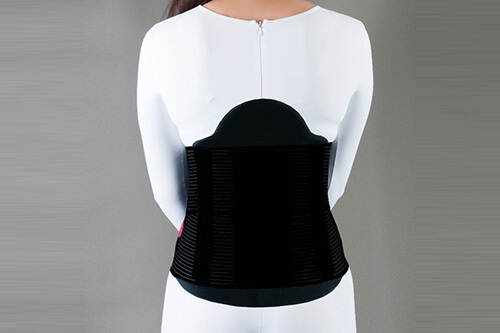
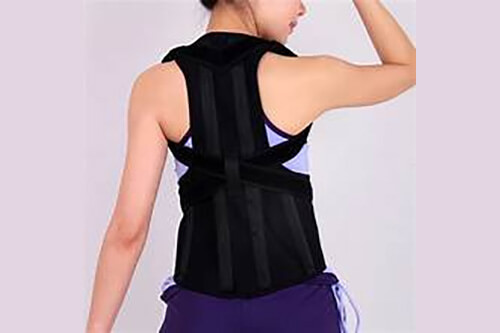
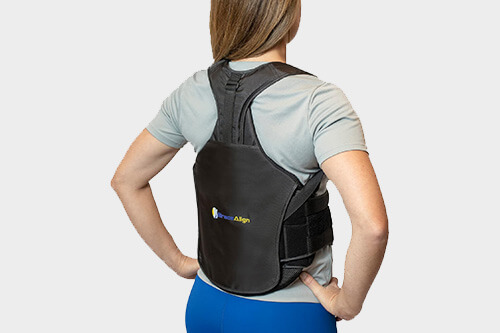
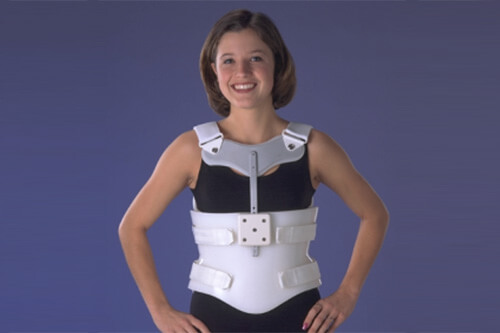
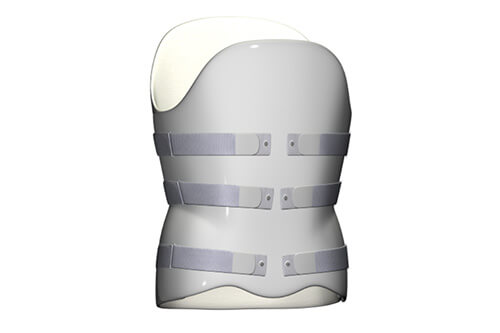
A spinal orthosis is a mechanical device that applies external pressure to the spine to support, correct, or immobilize it. They are used to treat a variety of spinal conditions, including:
- Traumatic spine injuries
- Degenerative changes from aging
- Post-operative healing
- Chronic neck strain
- Cervical arthritis
- Radiculitis
- Herniated disc
- Shoulder pain
- Whiplash injury
- Thoracic pain
Spinal orthoses can be prefabricated or custom-made. They work by applying pressure at specific points on the body to create a corrective force. The pressure is applied through a three-point pressure system, which means that the device has three points of contact with balanced opposing forces.

